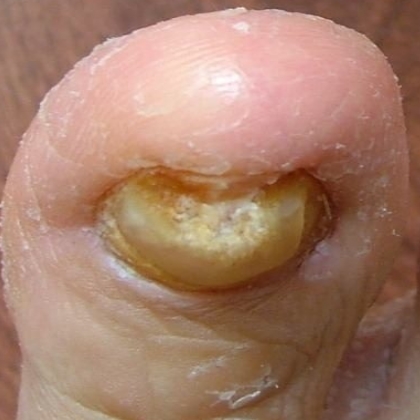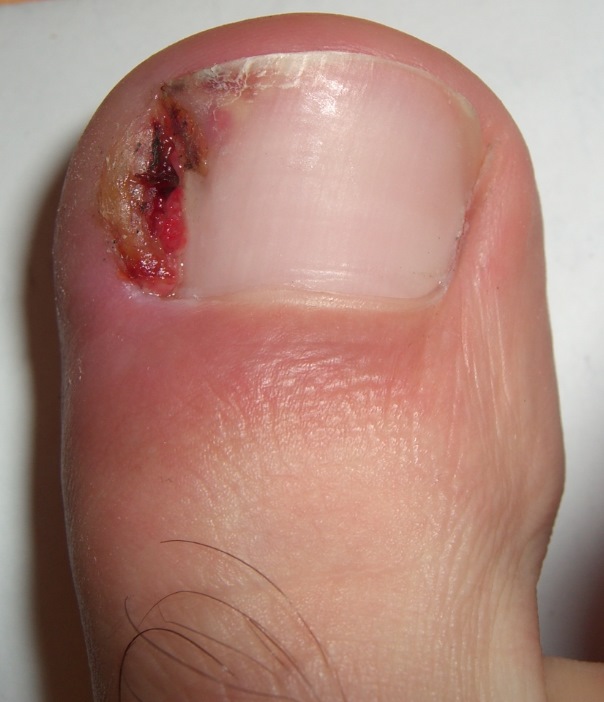“Why Does My Toenail Look Dead”
Many patients experience toenail problems. Their problems can range from thick, discolored nails to ingrown toenails. There are many different treatment options and ways to combat these issues.

Toenail Fungus Symptoms, Signs and Popular Treatments
Toenail fungus is fairly common. Fungus typically harbors in warm, dark, moist environments, a common environment found in shoes and socks. The fungus infects the area under the toenail. This can go undetected for a significant amount of time. Early signs of toenail fungus are subtle. Symptoms can include, white spots across the nail, a thickened nail and discoloration of yellow or dark. If left untreated, the infection can spread to other toenails. The end of the nail may separate from the nail bed underneath, and the condition may become painful.
Fungal Infection Prevention
To prevent fungal infection, avoid walking barefoot in public areas. Wash your feet daily with soap and water and dry them well. Put on a pair of clean socks, typically white cotton, every day, and change them more often if you sweat a lot. We do have many treatment options for nail fungus, and ways to accurately diagnose if it truly is a fungal infection.
Ingrown Toenail Symptoms, Signs and Popular Treatments
Another common toenail ailment is an ingrown toenail. An ingrown toenail is one of the most common sources of toe pain. An ingrown toenail develops when the side of the nail penetrates into the skin. This can lead to irritation, swelling, redness and sometimes infection. The problem usually develops because the nails have not been trimmed properly. The easiest way to prevent an ingrown toenail is to cut your nails straight across. Wear shoes that provide enough room at the toes, and wear socks that allow your toes to move freely.
Ingrown Toenail Treatments at Home
You should see a podiatrist immediately if you are diabetic or otherwise have circulation issues. If you do not have these conditions and the problem is minor, soak your feet in warm water to soften the nail; then cut the part of the nail that is pressing against the skin. Once that part of the nail is removed, apply a topical antibiotic. If you do not have relief from this, your toe may have an infection and you may need to start antibiotics. Your podiatrist can evaluate you and decide if a portion of the nail should be removed.

For more information regarding toenail issues (whether they be ingrown or infected), contact Worthington Foot & Ankle today. We strive to get you back on your feet!